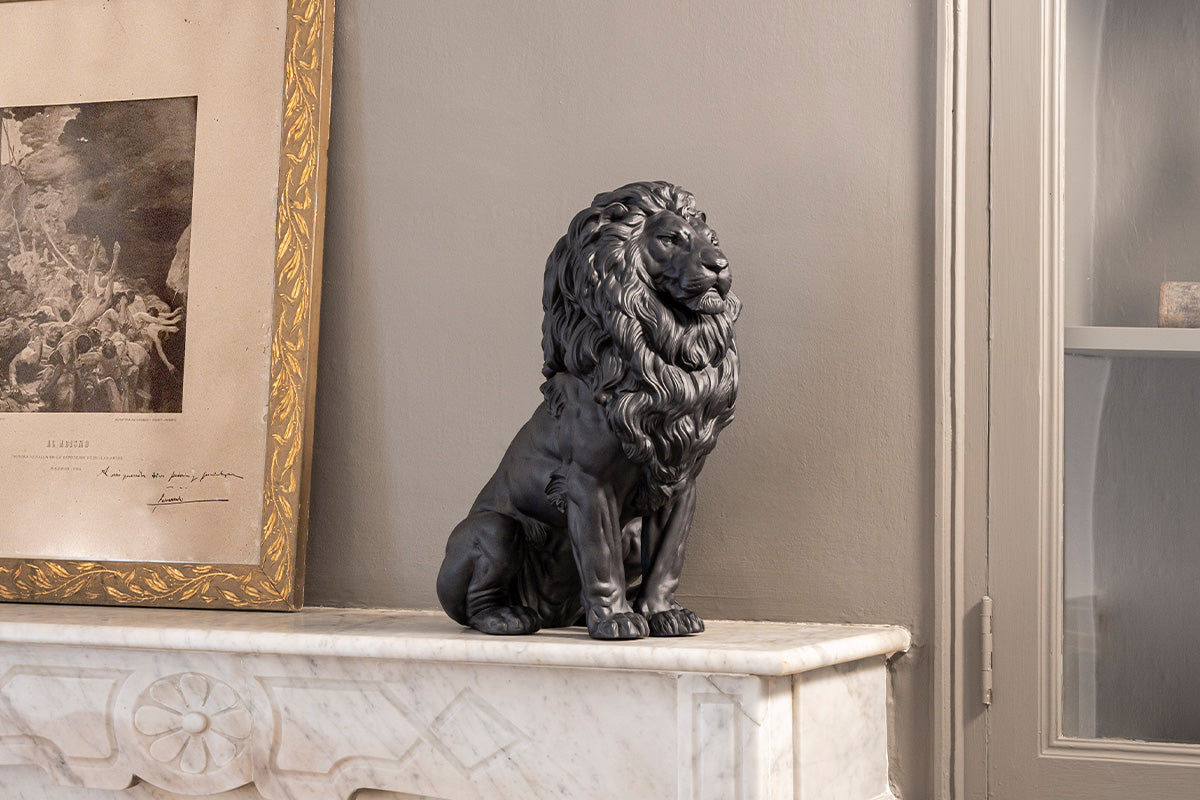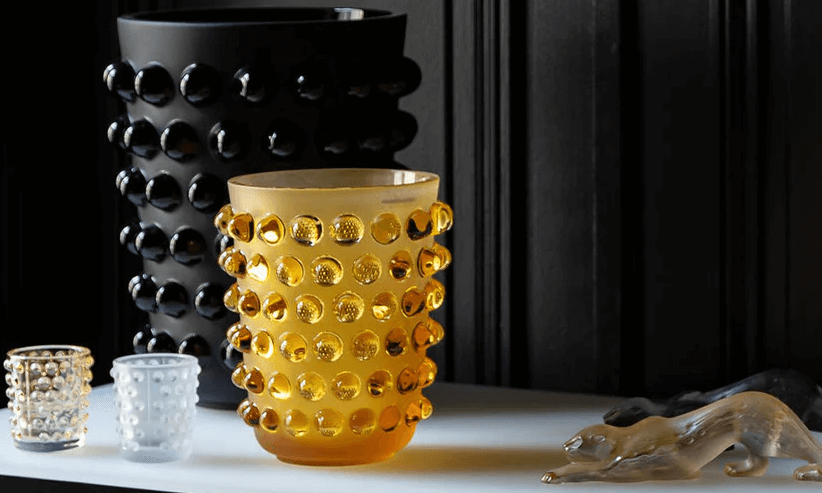Japanese Hina Dolls - Symbols of Aspirational Legacy and Modern Takes on a Centuries-Old Tradition
Share
Hinamatsuri is one of the five seasonal festivals celebrated by the Japanese on March 3rd annually and is also known as Girl's Day or Doll's Day, and previously as the Peach Festival. Back in the Heian period (794 to 1185), the tradition of making ornamental paper dolls flourished and were played by children of court ladies, aristocrats and the royalty. Over time, the dolls were believed to protect families from misfortune, and during the Edo period (1603 to 1868), the display of Hina dolls were believed to ward the females of the family from evil and disaster.
The emperor and empress figurines are the core pair by which Hina displays are assembled, like in Lladró's Hina Dolls Figurine Beige and Pink.
Today, Hinamatsuri has several socio-cultural significance:
- Well-being and health - The wishing of fortuitous well-bring and health is aligned with the various Japanese practices that promotes healthy living including onsen (hot spring) culture, Zen mentality, a strong sense of cleanliness, and a well-balanced diet. It's no surprise why Japan has over 96,000 people aged 100 years or more!
-
Tradition and family bonds - Japan is also a country with strong Confucian values that places importance of maintaining good family relationships and uphold important traditions from the past. These also extends to community bonds with the belief that people are stronger together, which is why Hinamatsuri is also often celebrated by entire villages or towns together. Hina doll sets are also passed down in the family as a prized heirloom and collected and invested over multiple generations. A set can tell the story of a family's lineage, which is why they are rarely resold in the secondary market.
Lladró Empress Sculpture Limited Edition, paired with her Emperor counterpart, is testament to Lladró's attention to detail when recreating cultural pieces. Multiple artisans specialised in various aspects of the piece including facial details, textural finishing, and pigment painting come together as one to create a masterpiece.
- Artistic craftmanship - In an age of increasing capitalism and fast retail, Japanese artisans still celebrate technical craftsmanship passed down over many generations, including the art of doll-making (hitogata). The fine attention to detail in all aspects of the craft and the humility of the artisan towards the craft is becoming rarer in today's world.

An 18th-century Dairibina doll of the Emperor. Credit @Musée d'ethnographie de Genève.
Hinamatsuri
A Festival Celebrating and Protecting Feminity
During Hinamatsuri, Hina dolls are arranged with specific placements on a seven-tiered display to simulate an imperial court. The highest tier only contains 2 dolls representing the highest member of the court (usually the emperor and empress). The second contains 3 court ladies, the third holds 5 male musicians, the fourth has 2 ministers, and the fifth houses 3 helpers or samurais as protectors. The bottom sixth and seventh tiers have a variety of furniture, tools and carriages.
One of the benefits of porcelain Hina Dolls are they are naturally resistant to dust, water, and UV from sunlight and other light sources. This means that they maintain their colour for many, many generations. This is especially important when preserving the subtle pastel hues Lladró is known for, like in their Hina Dolls Figurine 2015 Limited Edition.
A classic Hina doll is made from a variety of materials. Typically, the form of the doll is assembled from carved wooden parts which are then painted. The garments are custom-made from various fabrics to emulate traditional Japanese outfits and stuffed with straw or similar material to give the doll its shape. The hair is usually made of human hair or silk. Traditional dolls tend to be kept away from direct sunlight or contact with water to prevent fading and deterioration of delicate fabrics and paints. A standard set of dolls can set you back several thousand dollars, whereas a pair of artisan-crafted dolls can range from $3,000 to $10,000 or more.
The day is celebrated communally with festive food including multi-coloured rice crackers and rice cakes, a bento bowl or box with raw fish and vegetables, strawberries wrapped in Japanese red bean paste, clam soup and a non-alcoholic sweet sake.
Modern Takes - An Evolving Practice
Here are some examples of modern representation of Hinamatsuri:
-
Celebration of Grandeur - Some places celebrate the festival lavishly in hopes to gain more fortune for the community. The most famous one would be the Katsuura Big Hinamatsuri Festival, celebrated in a small seaside town in the Chiba prefecture. Over 30,000 Hina dolls are placed around the town, with the largest display at the steps of Tomisaki Shrine.

- Miniatures - With the decreasing sizes of homes especially in the hyper-populated cities of Japan, some families use miniature displays instead so they can still put up a full seven-tiered Hina display despite space limitations.
- Compactisation - One of the most common modern practice today is the compactisation of the Hina display, where families just assemble a single-tier display of both the emperor and the empress. This takes up less space, and since a family doesn't need to maintain an entire set of dolls, they can just invest in a high-quality emperor and empress figure.







